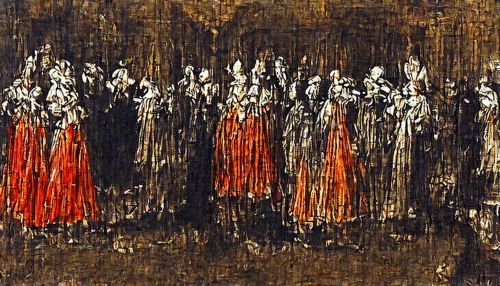The Princess of Clèves
Background
"The Princess of Clèves" is a French novel that was published anonymously in 1678. It is considered by many scholars as the first true novel in Western literature. The authorship of the novel has been attributed to Madame de La Fayette, a member of the French court and a close friend of Louis XIV. The novel is set in the royal court of Henry II of France and it explores themes of love, duty, and societal expectations.
Plot
The novel tells the story of Mademoiselle de Chartres, a young woman who becomes the Princess of Clèves after her marriage to the Prince de Clèves. Despite her marriage, the Princess falls in love with the Duke de Nemours, a handsome and charming courtier. This love triangle forms the central conflict of the novel, as the Princess struggles to reconcile her feelings for the Duke with her duty to her husband and her position in society.
Characters
The main characters in "The Princess of Clèves" are the Princess herself, her husband the Prince de Clèves, and the Duke de Nemours. Other characters include the Queen, the King, and various members of the French court. The characters are complex and well-developed, with the Princess in particular being praised for her depth and realism.
Themes
"The Princess of Clèves" explores several themes, including love, duty, and societal expectations. The novel also delves into the nature of courtly life, examining the intrigues, gossip, and power struggles that characterize the French court.
Style
The novel is written in a clear, precise style that reflects the author's keen observation of courtly life. The narrative is interspersed with detailed descriptions of the characters and their surroundings, creating a vivid and immersive reading experience.
Legacy
"The Princess of Clèves" has had a significant impact on Western literature. It is considered the first true novel, and its focus on the inner lives of its characters has influenced countless other works. The novel has also been adapted into several films and plays.
See Also


